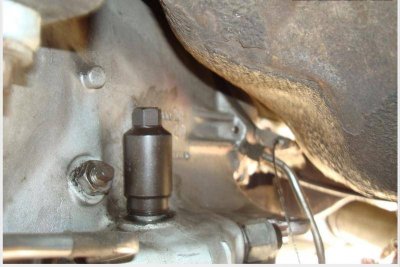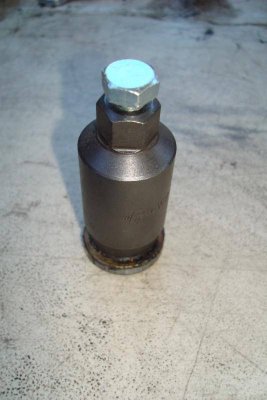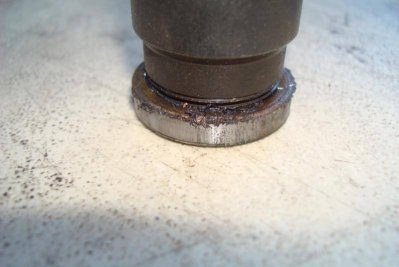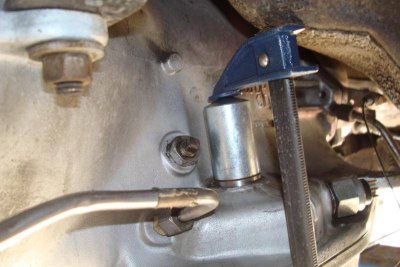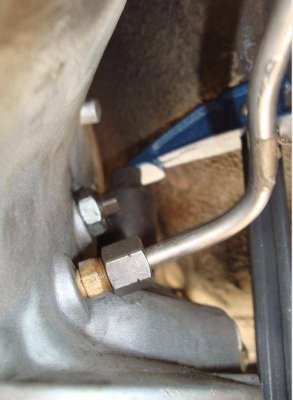Furydude
New Member
So just starting to work on the brakes for my 68 Sport Fury and I have an leak from the tranny. Guess I should sort that out first. It seems to be leaking from the pan and the pan seems a little beat up. I'll replace it with a new one and filter and all. Hopefully that stops it.
Dumb questions (2) When replacing the gasket, do folks recommend using any gasket sealer, or just the gasket by itself? And the manual says to drain the atf from the converter by removing the access plate and pulling a drain plug. I have never done that on other cars and not sure does it really need to be drained?
Thx for your help. Furydude.
Dumb questions (2) When replacing the gasket, do folks recommend using any gasket sealer, or just the gasket by itself? And the manual says to drain the atf from the converter by removing the access plate and pulling a drain plug. I have never done that on other cars and not sure does it really need to be drained?
Thx for your help. Furydude.

